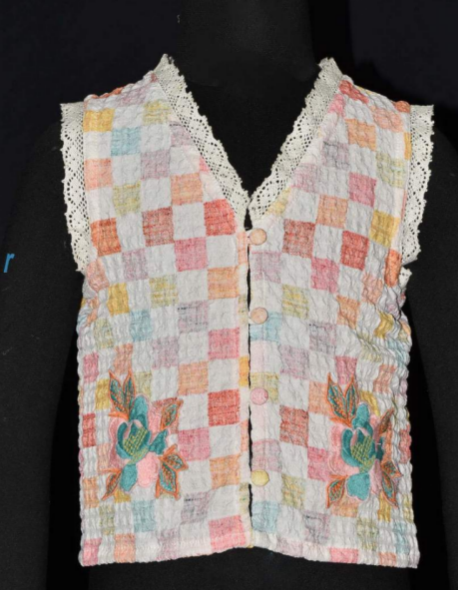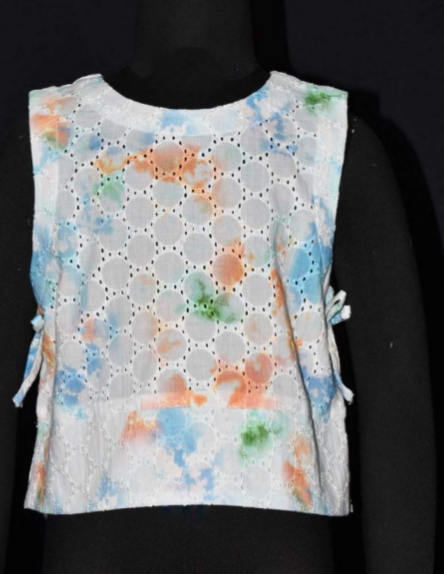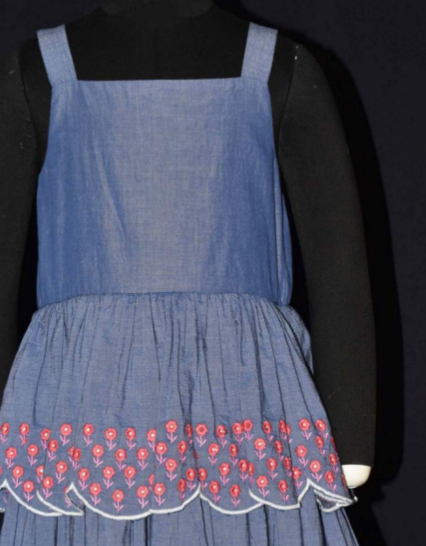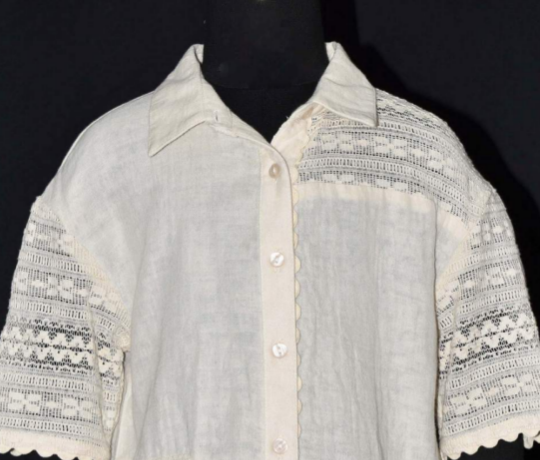Why Some Fabrics Get Rejected In Export Markets & How To Fix It
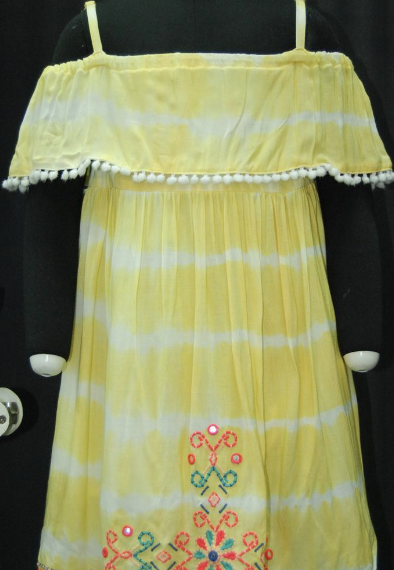
The global fashion industry relies heavily on high-quality fabrics to maintain its standards. For any garment export company in India, ensuring fabric quality is crucial for securing international orders. However, fabric rejection in export markets is a common challenge that can lead to financial losses and delays. Understanding the reasons behind these rejections and how to fix them can help apparel manufacturers improve product quality and boost their global presence.
Common Reasons Why Fabrics Get Rejected in Export Markets
1. Poor Fabric Quality & Defects
One of the primary reasons for fabric rejection is poor quality. Issues such as uneven dyeing, fabric tears, pilling, and weaving defects make garments unfit for export. International buyers expect high standards, and any visible defect can lead to rejection.
2. Shrinkage & Dimensional Stability Issues
Many fabrics shrink after washing, affecting the final fit and appearance of garments. If the shrinkage percentage is beyond acceptable limits, buyers may reject the shipment. Maintaining dimensional stability is essential for ensuring the longevity of best readymade garments.
3. Color Fastness Problems
Fabrics that bleed color when washed or exposed to sunlight often get rejected. This issue is common with poorly dyed fabrics, leading to a loss of buyer confidence. Export markets demand strict adherence to color fastness standards.
4. Non-Compliance with International Standards
Different countries have different safety and compliance regulations for textiles. Issues such as the presence of harmful chemicals, non-biodegradable synthetic fibers, or non-eco-friendly production processes can lead to rejection in eco-conscious markets.
5. Poor Stitching & Weaving Defects
Fabric irregularities like loose weaving, uneven stitching, or visible knots impact garment durability. Exporters must ensure that their materials meet the highest weaving and finishing standards.
How to Fix These Issues
-
Conduct Strict Quality Checks: Implement multi-level inspections at different production stages to detect and rectify defects early.
-
Use High-Quality Dyes & Finishing Processes: Invest in premium dyeing techniques to ensure color fastness and durability.
-
Pre-Shrinking Treatment: Treat fabrics before production to minimize shrinkage and maintain garment shape.
-
Follow International Compliance Standards: Stay updated with the latest textile regulations and use eco-friendly materials to meet global standards.
-
Work with Reliable Suppliers: Partner with reputable fabric manufacturers to source high-quality raw materials.
Conclusion
For any apparel manufacturer aiming for global success, maintaining fabric quality is non-negotiable. By addressing these issues, garment export companies in India can build trust with international buyers and expand their reach. If you're looking for high-quality garments that meet export standards, Cheer Sagar is a trusted name in the industry, ensuring excellence in every piece.
Related Blog
A Look Into The Successes & Challenges Of Clothing Exports In India
The Indian clothing exports industry is growing. With over ₹1 trillion in readymade garments export in 2023, the industry is...
How Apparel Manufacturers Run Their Businesses From Manufacturing To Exporting
The garment’s industry is relatively wholesome. It has a relatively low barrier for entry for new brands and every organisation...
Zero Waste Garment Manufacturing: Strategies For A Greener Industry
The fashion industry is witnessing a significant shift towards sustainability, with garment manufacturers leading the way in adopting zero-waste practices....

